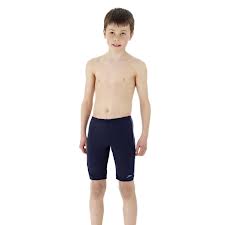Irene Madrid (Lita)
Co-Owner of LPB
Kids + Sugary Foods = Toxic Life
When I started a 4 month research project on longevity for my “Ga-Ga Sisterhood” grandmother group, I thought I was pretty good in the nutrition department....but I was wrong.
While I always ate plenty of fruits and vegetables, I also liked to pound down a whole box of vanilla wafers, some candy and perhaps another treat if my grandchildren were around---on a daily basis.
However, as I began reading what sugar, especially fructose, does to each and every cell in our precious bodies, I could visualize the reality of the damage in a whole new way.
Here is what I learned:
- Fructose and other corn derivatives cannot be metabolized by your body. It’s the wrong fuel. Think what would happen if you put diesel in your minivan?
- The appestat center of your brain registers the need for more nutrients when you consume empty calories, so you quickly become hungry again. This is a big reason for weight gain. Leave packaged foods alone.
- Sugar stresses our cells. Free radicals form from a process called “oxidation stress”. The wear, the tear, and constant repair of the cells due to sugar cause them to dividing and die much too quickly. Early aging is a direct result of oxidative stress.
- Sugar is addictive. The same area of the brain lights up for cocaine, heroine...and sugar.
- Sugar promotes cancer, a lower immune system, diabetes and dental disease. Dental disease is linked to cardiovascular disease.
- Exercise makes a big difference in cell rejuvenation, countering aging, and helping with strong immunity and metabolism. Exercise promotes a healthy appetite so it is a good idea to present whole foods as a snack.
It is difficult to be a “Food Warrior”, learn how to read labels and combat T.V. commercials. It is even more difficult with picky eaters in the house.
I just listened to Sirius “Doc Talk” with two NYU pediatricians. They suggest if a child doesn’t want to eat his dinner, take the plate away. Have them remain for family conversation. Keep their plate of food until bedtime and, DO NOT give them any other foods.
Picky eaters will skip meals and then beg for a snack an hour later. Offer the last saved meal and keep a loving voice, say the NYU pediatricians (one of whom was also a nutritionist).
It is simple: you buy the food so keep your home filled with fresh whole foods. Children will grow to love the taste of real food and be much healthier.
Then when special celebrations come around, a treat will truly be a treat and not a staple in your healthy home.




















